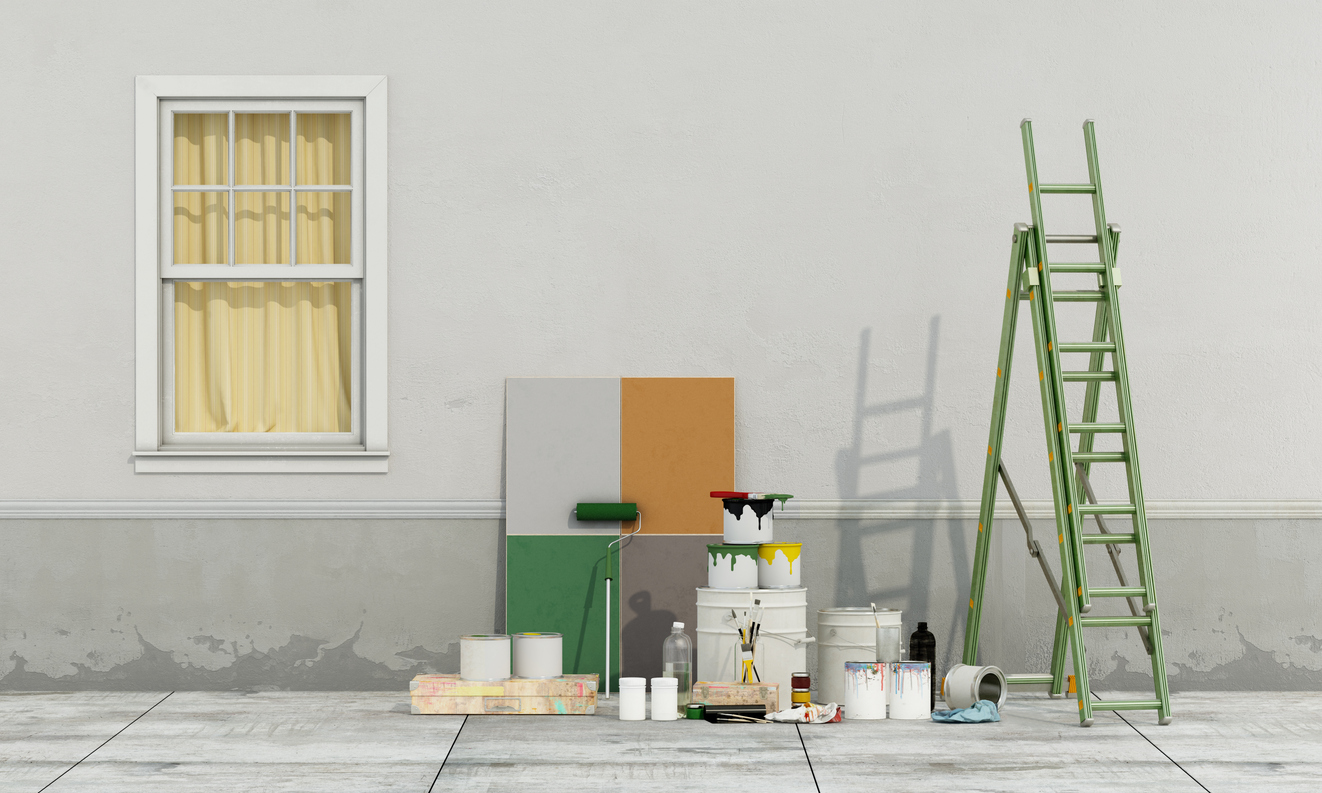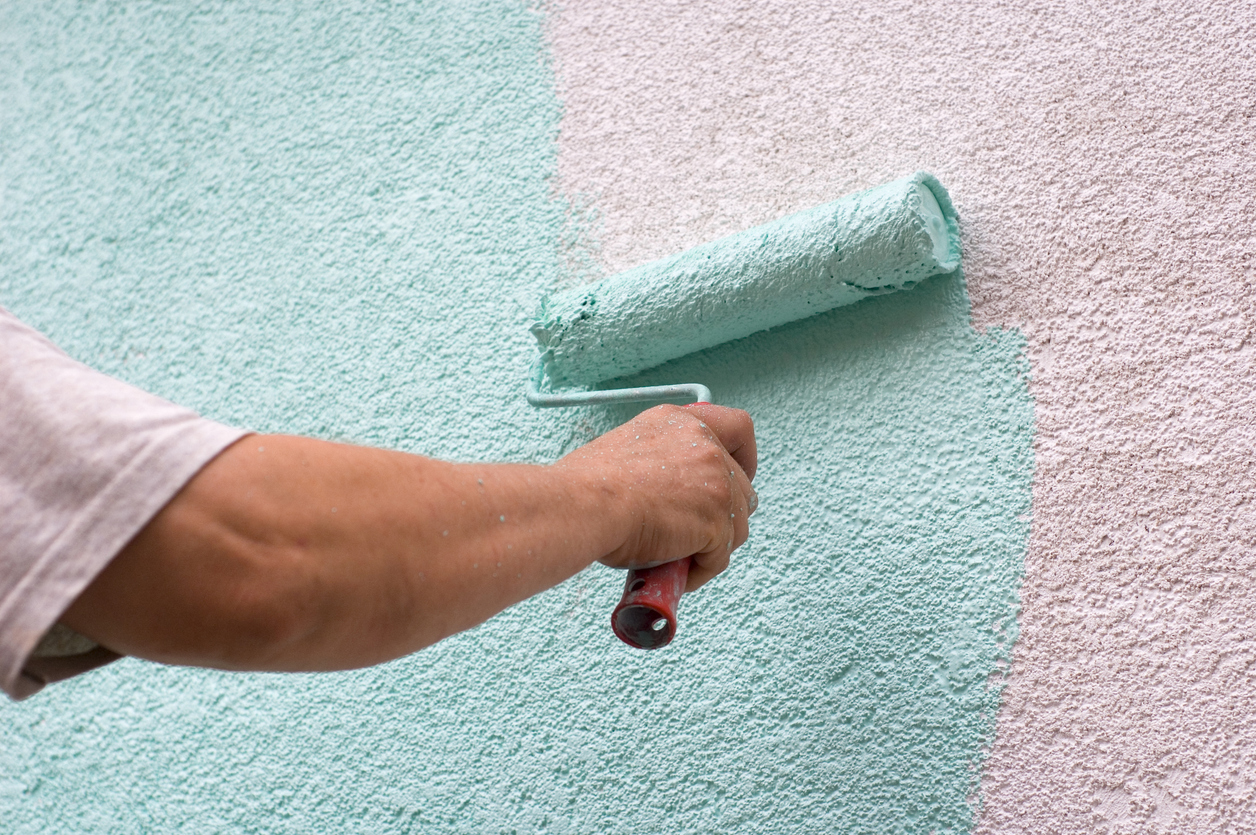When it comes to enhancing the curb appeal of your Livermore home, few things are as impactful as a fresh coat of paint. Exterior painting for a Pleasanton home not only revitalizes the look of your house but also provides protection against the elements. Choosing the right color, however, can be daunting. In this blog post, we’ll guide you through the process of selecting the perfect exterior paint color for your home and explain how Custom Painting, Inc. can help transform your property with professional finesse.
Why Color Matters
Ever walked down the street and noticed a house that made you stop and stare? It might have been the striking red door or perhaps that soothing blue siding that did the trick. Yes, the color of your home is more than just a backdrop; it’s a statement. It’s the first thing that greets you after a long day’s work and visitors’ first impression of you. This is why choosing the right color for your home’s exterior isn’t just about aesthetics—it’s about creating a feeling.
It sets the mood
Imagine coming home to a color that lifts your spirits or one that makes your home look like it belongs on the cover of a magazine. Color can do that! It sets the mood for your entire property. Soft pastels can create a serene vibe, bold brights can add vibrancy and energy, while dark hues might lend a touch of sophistication and mystery.
It allows you to blend in or stand out
Moreover, your chosen color can influence how your home fits into your neighborhood. While you want your house to stand out, it’s also important to consider a palette that complements the overall look of your community. It’s all about finding that sweet spot between personal expression and aesthetic harmony.
It boosts resale value
And let’s not forget about resale value. The right color can increase your home’s curb appeal and potentially increase its market value. Think of it as the home equivalent of a power suit for an important interview. You want a color that appeals broadly while still feeling personal and unique.
How to Choose the Right Exterior Paint Color
Consider the architectural style
First up, let’s talk style—your home’s architectural style. Every house, from cozy Craftsman to sleek mid-century modern, has design elements that can be accentuated or undermined by your color choices. A classic Victorian might sing in sage green and creams, while a modern minimalist home could thrive on stark whites or dramatic blacks. The architectural style should influence your color choice, as certain colors can either enhance or detract from the architectural characteristics.
Consider the landscape
Next, take a look around—what does your local landscape look like? The colors of your home should harmonize with its surroundings. For instance, if you’re surrounded by many trees and greenery, earth tones can make your home feel like a natural part of the scenery. Live near the beach? Soft blues, sandy beiges, and whites might be calling your name. By considering the hues that nature provides around your home, you’ll ensure your color choice looks integrated and intentional.
Observe the lighting
Lighting is everything! The same color can look completely different under various lighting conditions. To get a true sense of how colors will look, check them out at different times of the day. Paint swatches on a large area of your exterior and observe how they change from morning brightness to the golden glow of the afternoon and into the shade of the evening. This step helps you avoid surprises and ensures you’re happy with your color choice, no matter the time of day.
Think about durability
Let’s not forget durability. Some colors fade faster than others, and the sun can be brutal, especially in darker shades. When choosing your paint, consider opting for high-quality options designed to resist fading and weathering. Remember, lighter colors usually last longer and show less wear. Custom Painting, Inc. only uses premium paints with UV protection, ensuring your home looks fantastic year after year.
Check local regulations and HOA guidelines
Before making your final decision, be sure to check if there are any neighborhood rules governing paint colors. Homeowners’ associations (HOAs) often have guidelines to maintain a certain aesthetic in the community. A quick check can save you the headache of a repaint or even fines.
Utilize the color wheel
A color wheel is an invaluable tool when selecting paint colors. It helps you understand which colors complement each other and which ones contrast. For instance, colors that are opposite each other on the wheel (like blue and orange or yellow and purple) provide a vibrant contrast, ideal for adding visual interest to your home. Conversely, colors next to each other (like varying shades of green) create a more harmonious and subtle look.
Avoid jumping on every trend
While it’s tempting to choose colors that are trendy, remember that your home’s exterior will be in that color for many years. Instead of going all-in on the latest color fads, consider using trendy colors as accents. For example, you might opt for a timeless neutral tone for the main color and incorporate a trendy lime green or bright blue for the front door or trim. This approach allows you to update your look without a complete overhaul when trends change.
Sample real paint, not just swatches
Paint swatches are helpful, but real paint samples are better. Purchase small amounts of paint in a few colors you’re considering and apply large patches to different areas of your home’s exterior. This method allows you to see the color in the actual environment where it will be used, considering all elements like texture and sheen, which can significantly affect the appearance.
Consider the psychological effects
Colors are not just about aesthetics; they also have psychological effects. For example, blue tones are often calming and serene, making them great for homes in bustling neighborhoods, while warmer tones like reds and yellows can make a home feel cozy and inviting. Think about the ambiance you want to create and how the color will affect the mood and feelings of both residents and visitors.
Reflect on your home’s personality
Every Mountain House area home has character, and the color should reflect it. Consider the personality of your home—is it a quaint cottage, a grand estate, or a modern minimalist structure? Choose colors that emphasize its unique features. Highlighting architectural details with complementary or contrasting colors can also add depth and character to your home’s appearance.
Blend with the roof color
Don’t forget to consider the color of your roof. Ensure that your new exterior paint coordinates well with it. If your roof is a bright or unusual color, you’ll likely want to choose a more neutral wall color. However, if your roof is neutral, you might have more flexibility with bolder wall colors.
Conclusion
Updating your Dublin, CA home with a new exterior paint color is an exciting venture that can dramatically enhance its appearance and value. By considering factors like style, landscape, and durability, you can make a choice that looks great and stands the test of time.
Ready to transform your home with a new coat of paint? Contact Custom Painting, Inc. today to schedule a consultation. Let us help you realize your vision with the professionalism and expertise that only Custom Painting, Inc. can provide. Contact us on our website or call us directly at 925-294-8062 to get started on your home’s transformation!




